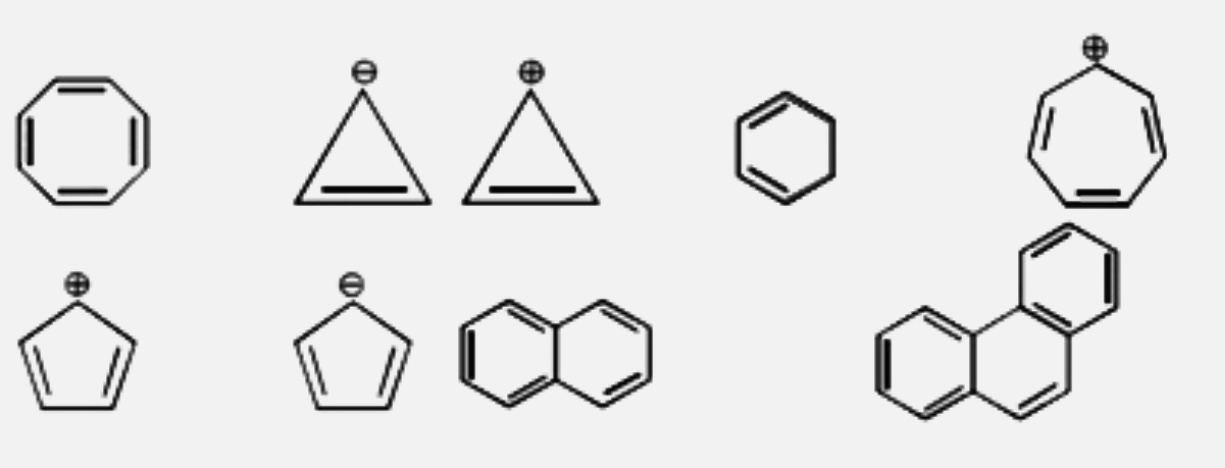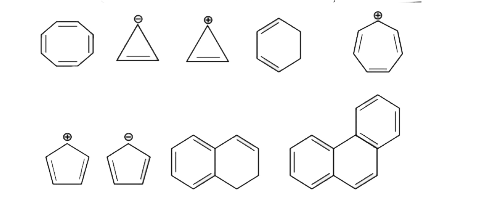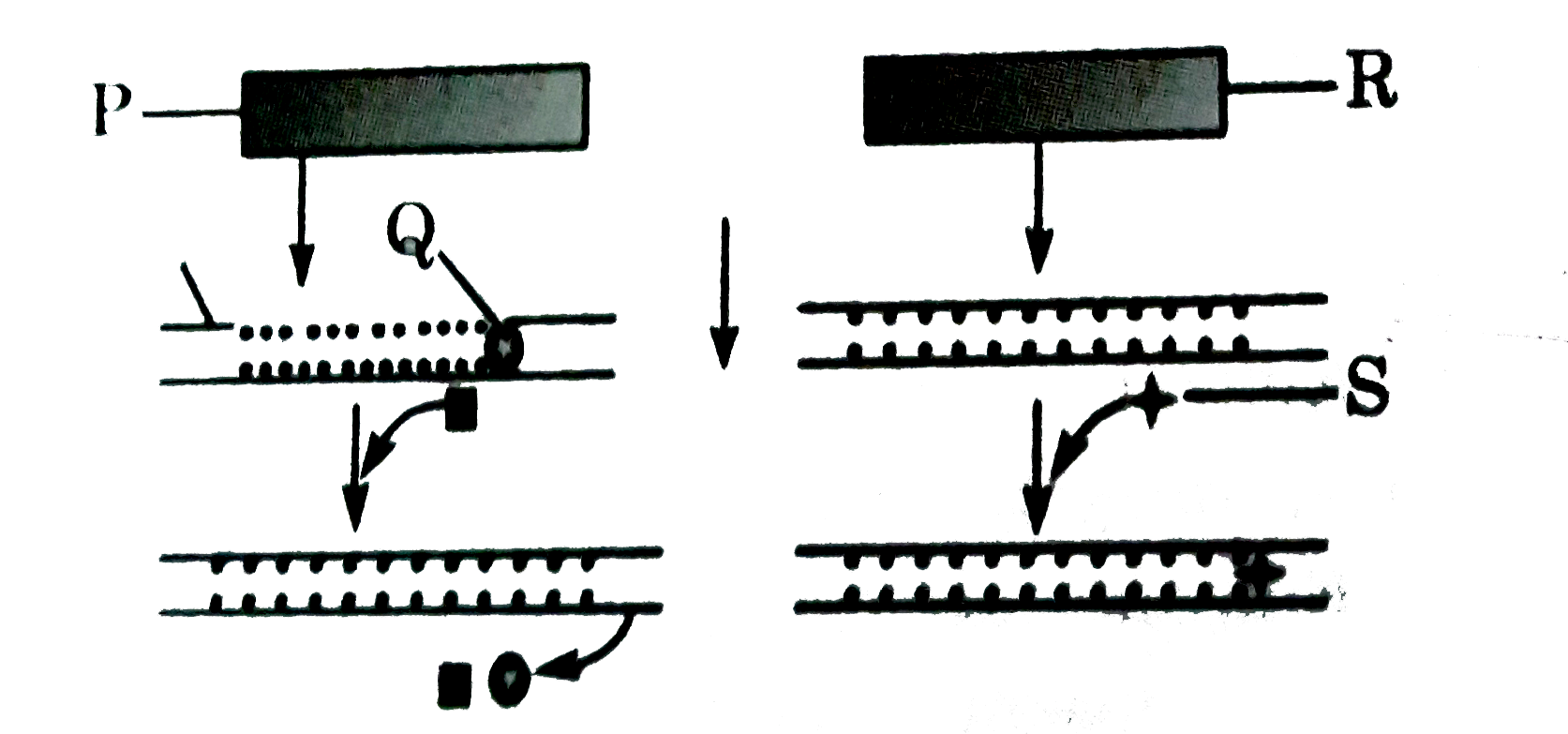Among P,q,R and S, the aromatic compound(s) is /are:
_E01_672_Q01.png)
P
Q
R
S
The correct Answer is:A, B, C, D
Step by step video & image solution for Among P,q,R and S, the aromatic compound(s) is /are: by Chemistry experts to help you in doubts & scoring excellent marks in Class 12 exams.
Updated on:21/07/2023Topper's Solved these Questions
- CARBONYL COMPOUNDS (ALDEHYDES & KETONES ) & CARBOXYLIC ACID BOOK - RESONANCE ENGLISHCHAPTER - CARBONYL COMPOUNDS (ALDEHYDES & KETONES ) & CARBOXYLIC ACID EXERCISE - PART- IV
13 Videos
- CARBONYL COMPOUNDS (ALDEHYDES & KETONES ) & CARBOXYLIC ACID BOOK - RESONANCE ENGLISHCHAPTER - CARBONYL COMPOUNDS (ALDEHYDES & KETONES ) & CARBOXYLIC ACID EXERCISE - Exercise-3
1 Videos
- CARBONYL COMPOUNDS (ALDEHYDES & KETONES ) & CARBOXYLIC ACID BOOK - RESONANCE ENGLISHCHAPTER - CARBONYL COMPOUNDS (ALDEHYDES & KETONES ) & CARBOXYLIC ACID EXERCISE - Exercise-2 Part-I
1 Videos
- BIOMOLECULES & POLYMERBOOK - RESONANCE ENGLISHCHAPTER - BIOMOLECULES & POLYMEREXERCISE - ORGANIC CHEMISTRY(Biomolecules & Polymer)
34 Videos
- CHEMICAL KINETICSBOOK - RESONANCE ENGLISHCHAPTER - CHEMICAL KINETICSEXERCISE - PHYSICAL CHEMITRY (CHEMICAL KNIETICS & RADIOACTIVITY)
49 Videos
Similar Questions
Knowledge Check
The non-aromatic compound among the following is
A B
B C
C D
D
When an oxide of manganese (P) is fused with KOH in the presence of an oxidising agent and dissolved in water, it gives a dark green solution of compound (Q). Compound (Q) disproportionates in neutral or acidic solution to give purple compound ( R) oxidises potassium iodide solution to a compound (S) and compound (P) is also formed. Compounds P to S are
A P Q R SMnO−4KIO3MnO2K2MnO4B P Q R SMnO2K2MnO4MnO−4KIO3C P Q R SMnO2MnO−4K2MnO4KIO3D P Q R SK2MnO4MnO2MnO−4KIO3
Among the following, the number of aromatic compound(s) is

View SolutionAmong the following, the number of aromatic compound(s) si _______________.

View SolutionIdentity P,Q,R and S in the diagram

View SolutionWhich of the following compound(s) is/are aromatic compounds ?

View SolutionLet P, Q, R and S be statement and suppose that P→Q→R→P. If ~S→R, then
View SolutionProve that the figure formed by joining the mid-points of the pair of consecutive sides of a quadrilateral is a parallelogram. OR ABCD is a parallelogram in which P,Q,R and S are mid-points of the sides AB,BC,CD and DA respectively. AC is a diagonal. Show that : PQ∣∣AC and PQ=12AC SR∣∣AC and SR=12AC PQ=SR (iv) PQRS is a parallelogram.
View Solution
